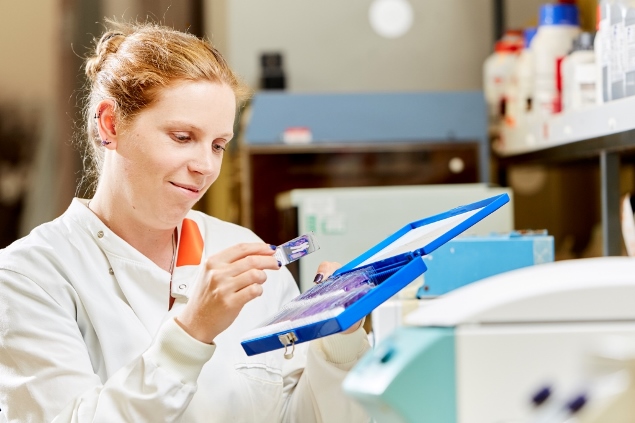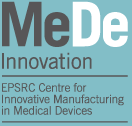Ligament repair – Case study

August 21, 2018
Injuries to the anterior cruciate ligament (ACL) are a common sporting injury, resulting in loss of stability in the knee.
They account for around 40% of all sports injuries and in the USA over 70,000 ACL reconstructions are performed annually. Most procedures use autograft transplants from a healthy tendon elsewhere in the patient’s body while a smaller number use donor tissue from a deceased donor.
Allografts can reduce operating time and the need to damage another tissue site, but they bring problems with immune rejection and limited availability.
Our goal is to develop acellular xenogeneic tendon scaffolds for ACL replacement, providing an off-the shelf product to match surgical and patient needs.
The porcine superflexor tendon was identified as having the appropriate structure and properties for developing a decellularised class III medical device for use in ACL reconstruction. A bioprocess for removing the living cells from the porcine superflexor tendon was developed. This was evaluated over a six month period in sheep, where it showed good functional performance and there was evidence of regeneration.
The know-how from this research was transferred to Tissue Regenix Group Plc who began a clinical trial of OrthoPure XT, a decellularised porcine tendon implant, in 2015 and they remain on track to gain CE marking in Europe.
Our research has continued to examine the effects of variables in the decellularisation process on the biomechanical properties of the resulting scaffolds. This has included looking at the effects of different methods for reducing fat content and bioburden during the bioprocess. Sterilisation with gamma ray irradiation was also found to have some effect on the biomechanical properties of the acellular tendons, but they still retained sufficient strength and flexibility to be used as an ACL replacement. We are also continuing to analyse the cellular mechanisms of regeneration and integration after a graft has been implanted in a joint.
There is still research to be done to determine how we can better match grafts to patients. The ACL can vary greatly between a young female runner, for example, and a young male rugby player. We will explore how varying the age of the pigs the donor tissue is taken from and the bioprocess used to create the acellular implants can better tune ACL replacements to the patient’s body.
